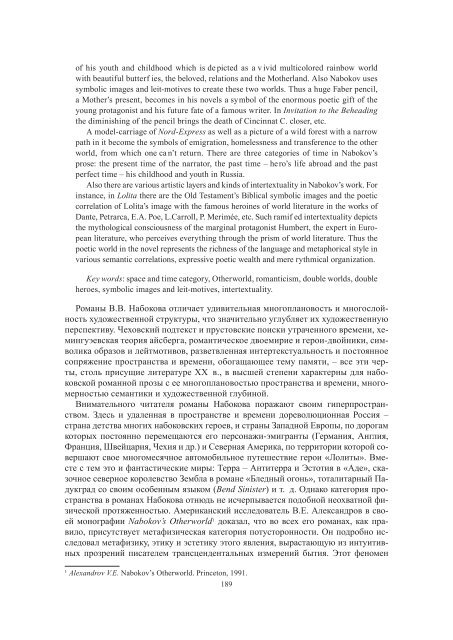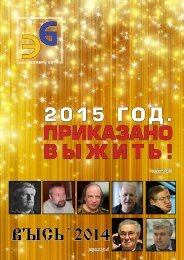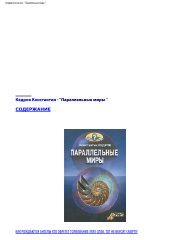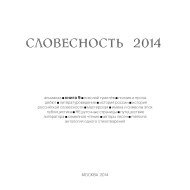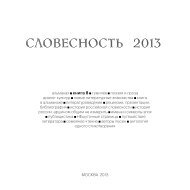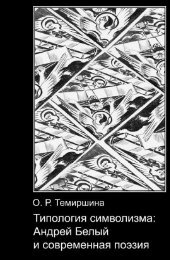STEPHANOS
2015_14
2015_14
You also want an ePaper? Increase the reach of your titles
YUMPU automatically turns print PDFs into web optimized ePapers that Google loves.
of his youth and childhood which is de picted as a v ivid multicolored rainbow world<br />
with beautiful butterf ies, the beloved, relations and the Motherland. Also Nabokov uses<br />
symbolic images and leit-motives to create these two worlds. Thus a huge Faber pencil,<br />
a Mother’s present, becomes in his novels a symbol of the enormous poetic gift of the<br />
young protagonist and his future fate of a famous writer. In Invitation to the Beheading<br />
the diminishing of the pencil brings the death of Cincinnat C. closer, etc.<br />
A model-carriage of Nord-Express as well as a picture of a wild forest with a narrow<br />
path in it become the symbols of emigration, homelessness and transference to the other<br />
world, from which one ca n’t return. There are three categories of time in Nabokov’s<br />
prose: the present time of the narrator, the past time – hero’s life abroad and the past<br />
perfect time – his childhood and youth in Russia.<br />
Also there are various artistic layers and kinds of intertextuality in Nabokov’s work. For<br />
instance, in Lolita there are the Old Testament’s Biblical symbolic images and the poetic<br />
correlation of Lolita’s image with the famous heroines of world literature in the works of<br />
Dante, Petrarca, E.A. Poe, L.Carroll, P. Merimée, etc. Such ramif ed intertextuality depicts<br />
the mythological consciousness of the marginal protagonist Humbert, the expert in European<br />
literature, who perceives everything through the prism of world literature. Thus the<br />
poetic world in the novel represents the richness of the language and metaphorical style in<br />
various semantic correlations, expressive poetic wealth and mere rythmical organization.<br />
Key words: space and time category, Otherworld, romanticism, double worlds, double<br />
heroes, symbolic images and leit-motives, intertextuality.<br />
Романы В.В. Набокова отличает удивительная многоплановость и многослойность<br />
художественной структуры, что значительно углубляет их художественную<br />
перспективу. Чеховский подтекст и прустовские поиски утраченного времени, хемингуэевская<br />
теория айсберга, романтическое двоемирие и герои-двойники, символика<br />
образов и лейтмотивов, разветвленная интертекстуальность и постоянное<br />
сопряжение пространства и времени, обогащающее тему памяти, – все эти черты,<br />
столь присущие литературе ХХ в., в высшей степени характерны для набоковской<br />
романной прозы с ее многоплановостью пространства и времени, многомерностью<br />
семантики и художественной глубиной.<br />
Внимательного читателя романы Набокова поражают своим гиперпространством.<br />
Здесь и удаленная в пространстве и времени дореволюционная Россия –<br />
страна детства многих набоковских героев, и страны Западной Европы, по дорогам<br />
которых постоянно перемещаются его персонажи-эмигранты (Германия, Англия,<br />
Франция, Швейцария, Чехия и др.) и Северная Америка, по территории которой совершают<br />
свое многомесячное автомобильное путешествие герои «Лолиты». Вместе<br />
с тем это и фантастические миры: Терра – Антитерра и Эстотия в «Аде», сказочное<br />
северное королевство Зембла в романе «Бледный огонь», тоталитарный Падукград<br />
со своим особенным языком (Bend Sinister) и т. д. Однако категория пространства<br />
в романах Набокова отнюдь не исчерпывается подобной неохватной физической<br />
протяженностью. Американский исследователь В.Е. Александров в своей<br />
монографии Nabokov’s Otherworld 1 доказал, что во всех его романах, как правило,<br />
присутствует метафизическая категория потусторонности. Он подробно исследовал<br />
метафизику, этику и эстетику этого явления, вырастающую из интуитивных<br />
прозрений писателем трансцендентальных измерений бытия. Этот феномен<br />
1<br />
Alexandrov V.E. Nabokov’s Otherworld. Princeton, 1991.<br />
189


